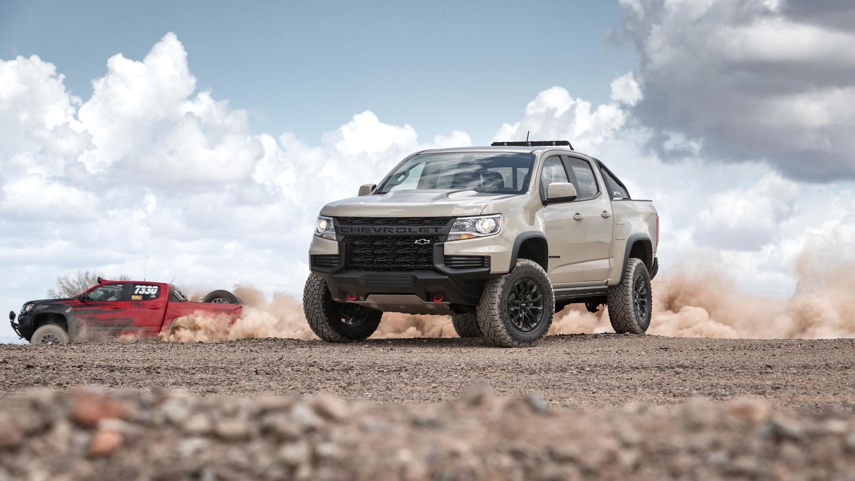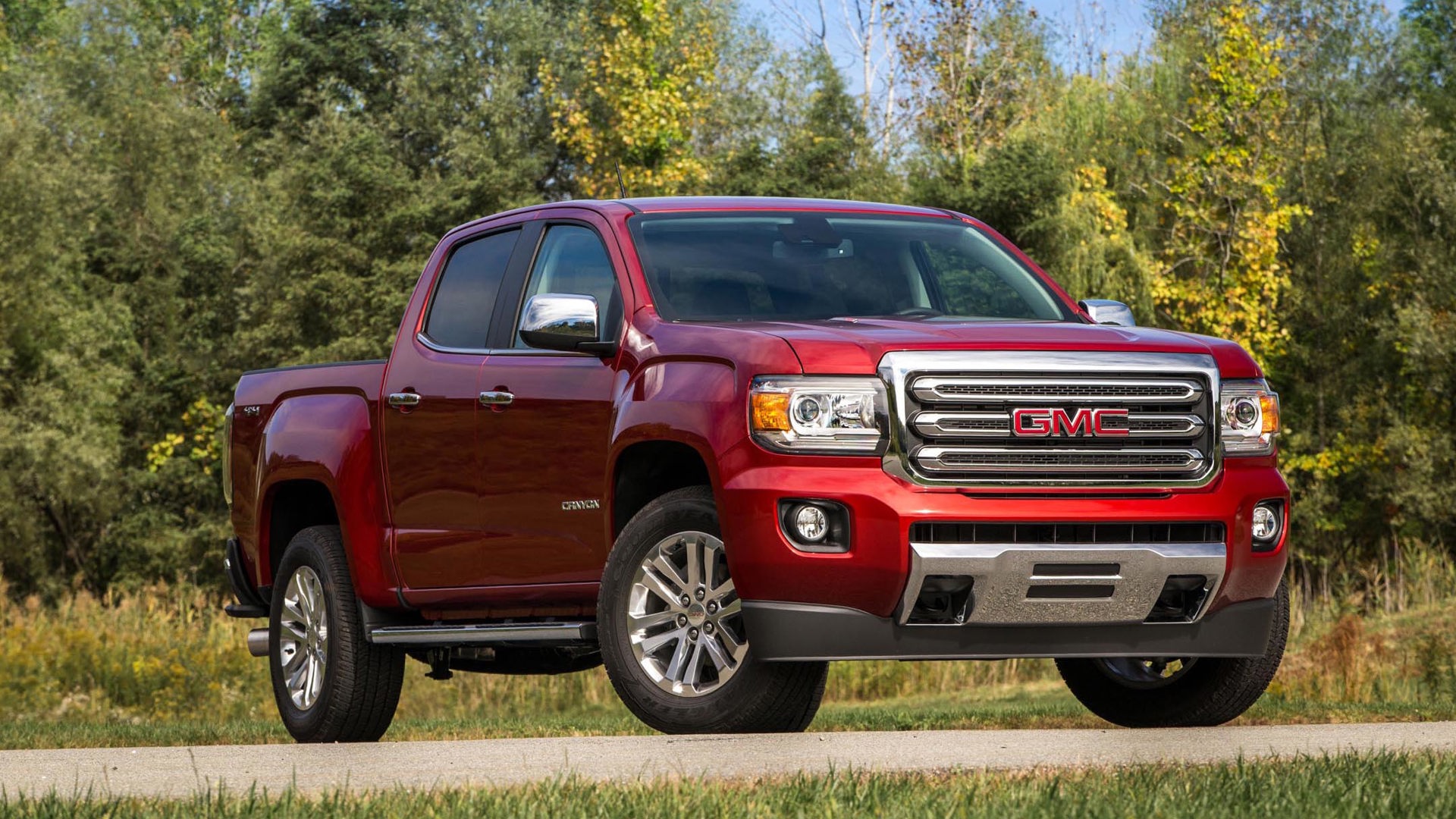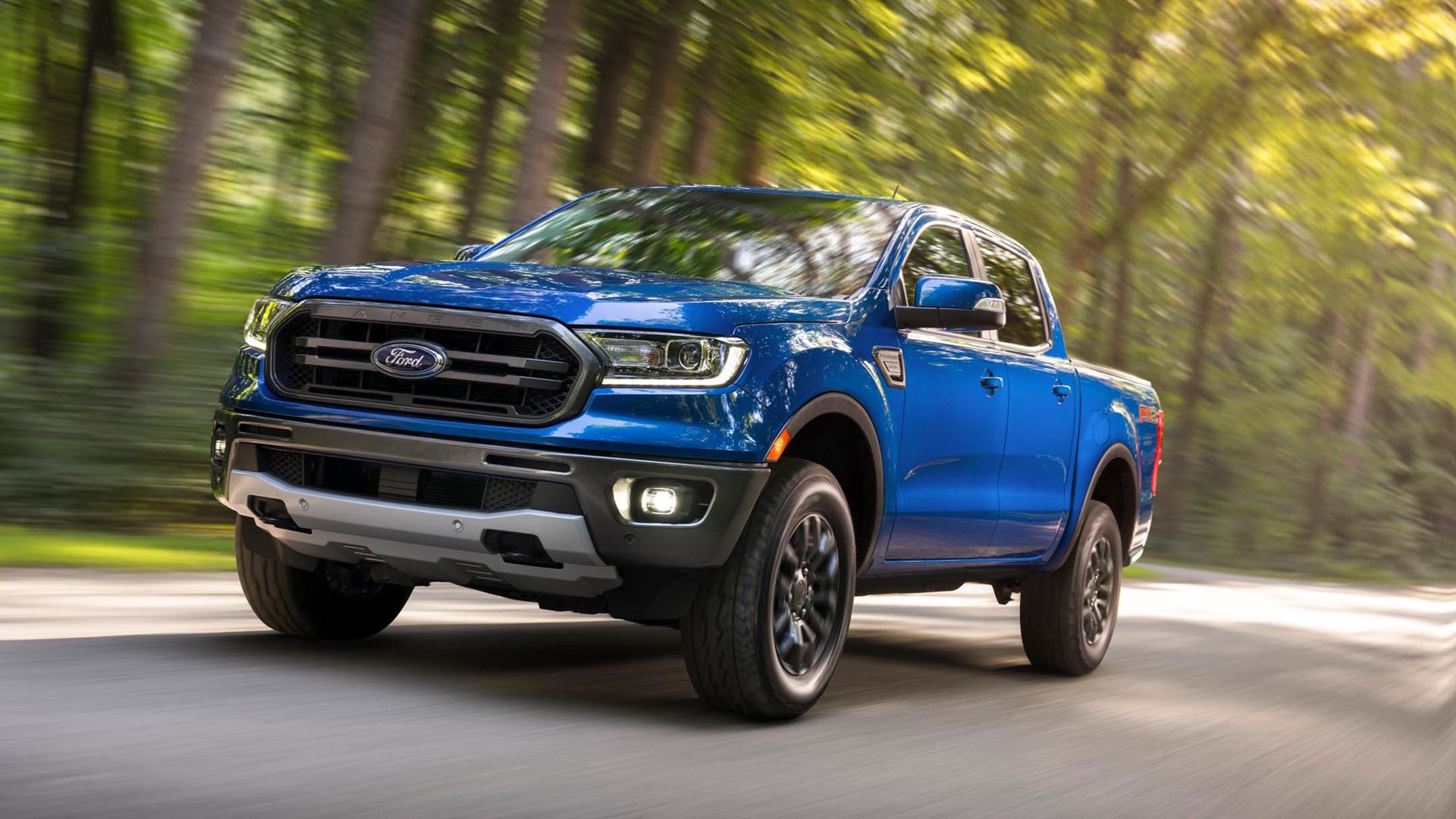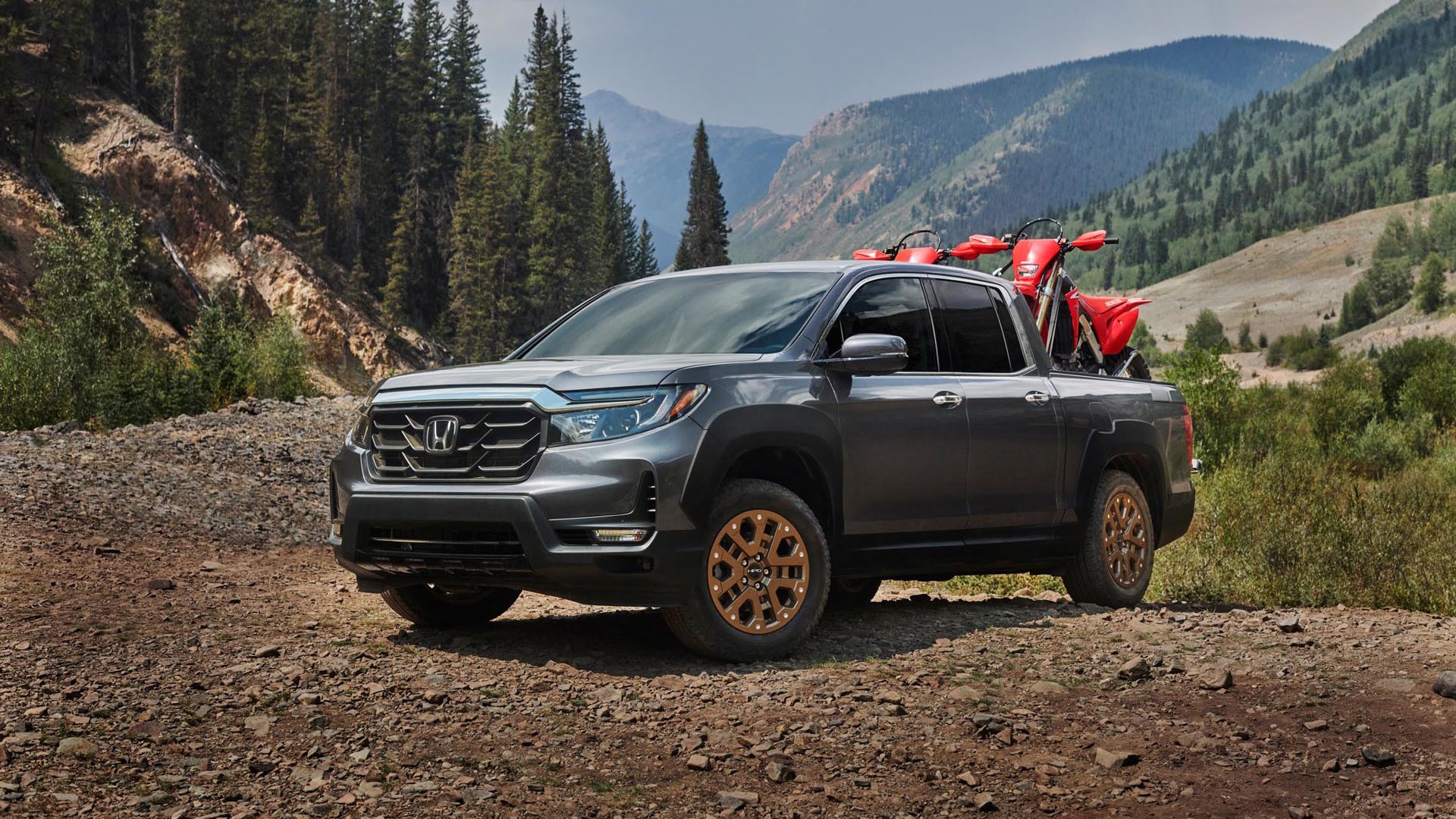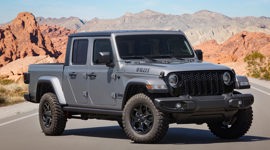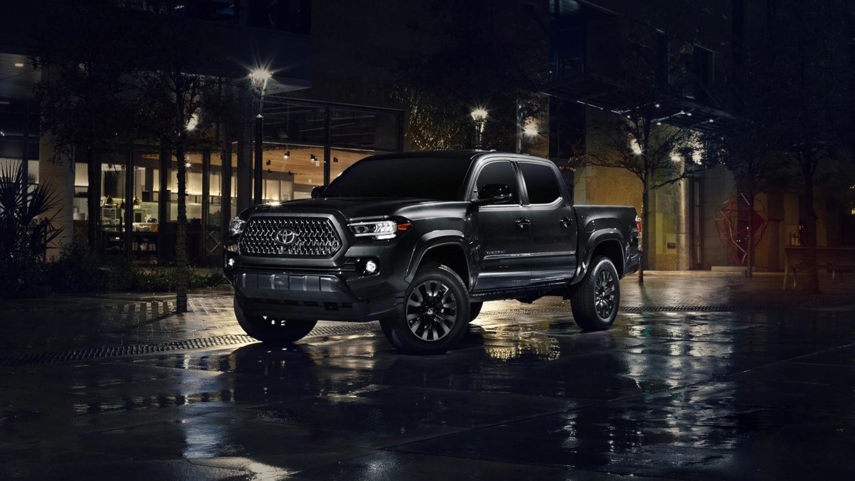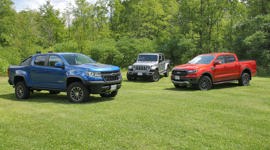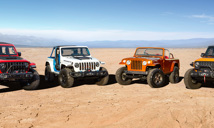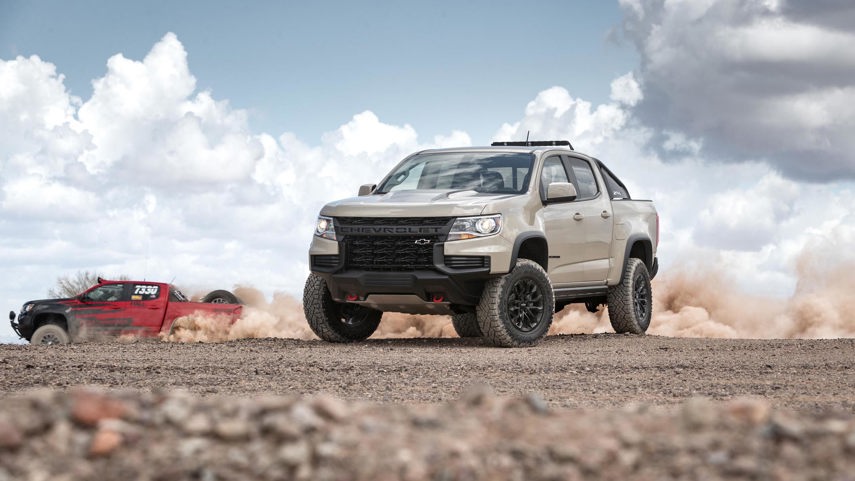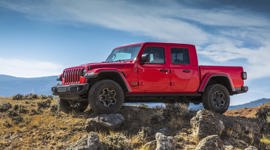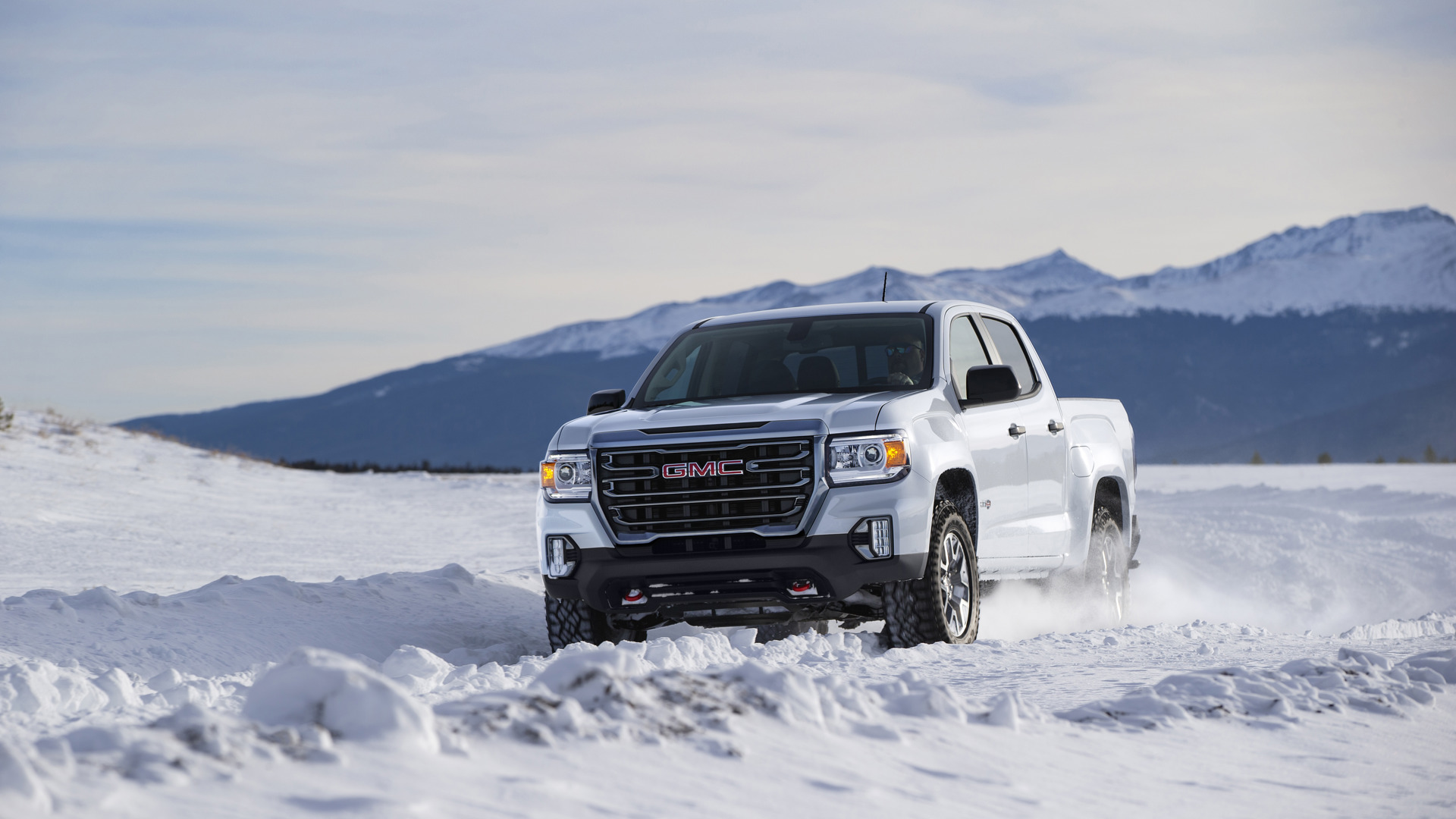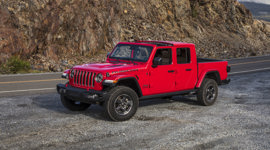The midsize truck segment has always had an unusual relationship with Canadians. It’s only a small sliver of the market – in 2019, Canadians bought more than 362,000 full-size trucks, but only 37,532 midsize ones. This can be attributed to a couple of factors. One is that many people tend to overbuy, going for extra capacity in case one day they might need it.
We also tend to “buy by the pound,” in that if we pay this much money, we want this much truck for it. A small truck in upper trim can often overlap a full-size’s lower-level trims, and so many people opt for the “better deal.”
But midsize trucks can still tow and haul a decent amount, they’re well-sized for urban use, and it’s easier to get in and out of them because they’re not as needlessly oversized as their larger siblings.
Our jury of more than 20 automotive experts from all over the country has considered all the midsize trucks in the Canadian market, and we’ve voted on the best ones for this shortlist of finalists. Only one can be a winner, though, and we’ll be announcing our champions beginning in February 2021.
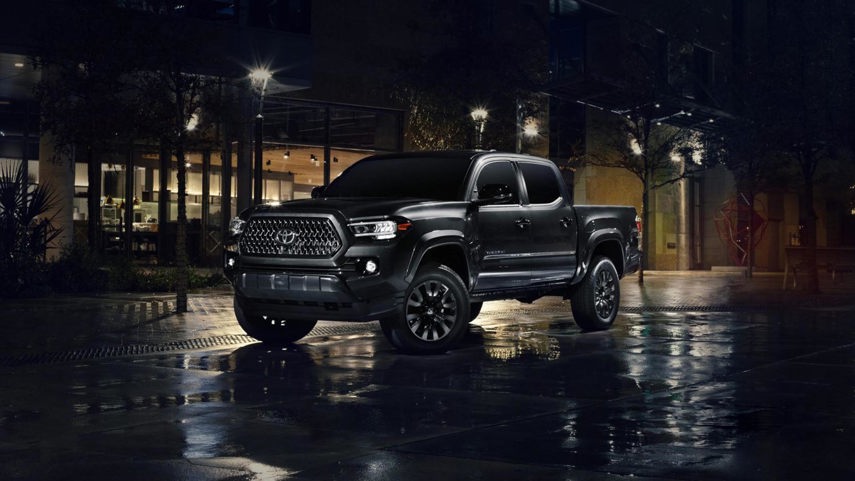
2021 Toyota Tacoma
The Toyota Tacoma is not only Canada’s best-selling midsize truck, but among automakers that offer both a small and large pickup, it’s the only one that outsells its full-size sibling. In 2019, Canadians bought 9,976 copies of the Tundra, while 12,536 Tacoma trucks found new homes.
A couple of model years ago, Toyota pared down the Tacoma’s engine and driveline choices to the ones most buyers preferred. You can still get it as an Access Cab, starting at $37,990, and Double Cab at $38,990. Both now come only with a 3.5L V6 engine, making 278 horsepower and 265 lb-ft of torque, and with four-wheel drive. Depending on the trim level, you can choose a six-speed manual or six-speed automatic transmission.
The Tacoma comes by its popularity honestly. It’s a stout performer and handles itself very well off-road, especially when equipped with the TRD Pro packages. All models include adaptive cruise control, lane-keeping assist, emergency front braking, and automatic high-beam headlamps. Its maximum 6,500-lb towing capacity is respectable if not segment-topping. However, it combines a tall floor with a low seat, and even with the available power-adjustable driver’s chair, the position can become uncomfortable for some.
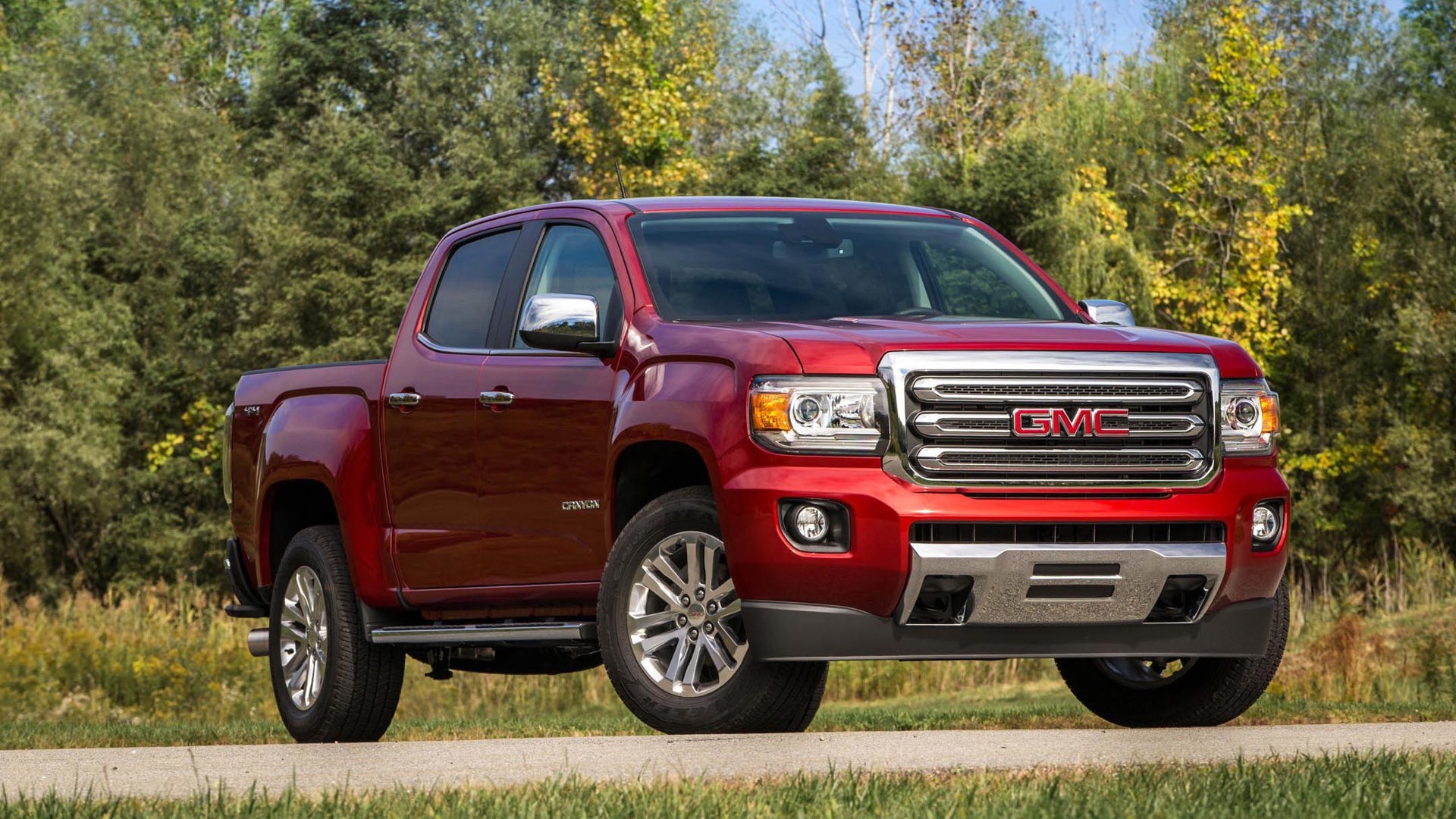
2021 Chevrolet Colorado/GMC Canyon
As with their larger Silverado/Sierra siblings, the Colorado and Canyon are mechanical twins – although we think the GMC Canyon is the better-looking of the two. Both offer a comfortable interior, easy-to-use controls, and lots of features.
Both brands are available in Extended Cab configuration, or Crew Cab with short or long bed. These Chevy/GMC models offer the most driveline choices of all midsize trucks, starting with a 2.5L four-cylinder making 200 horsepower and 191 lb-ft of torque, with six-speed automatic. There’s also a 3.6L V6 with 308 horsepower and 373 lb-ft of torque, hooked to an eight-speed automatic; and a 2.8L four-cylinder turbodiesel, with a six-speed automatic and making 186 horsepower and 369 lb-ft of torque. Maximum towing capacity is 7,700 lb.
Pricing starts at $27,598 for the Chevrolet, and $28,298 for the GMC. Trim levels and features differ by brand. The Canyon’s top level is the Denali, with heated and ventilated seats, Bose premium stereo, and wood interior trim. The Colorado lineup includes the ZR2 Bison, an off-roader with front and rear locking differentials, skid plates, and spool-valve shocks. It’s one of a few serious off-the-pavement models in this segment and rightly so, because a smaller truck just makes more sense on tighter trails.
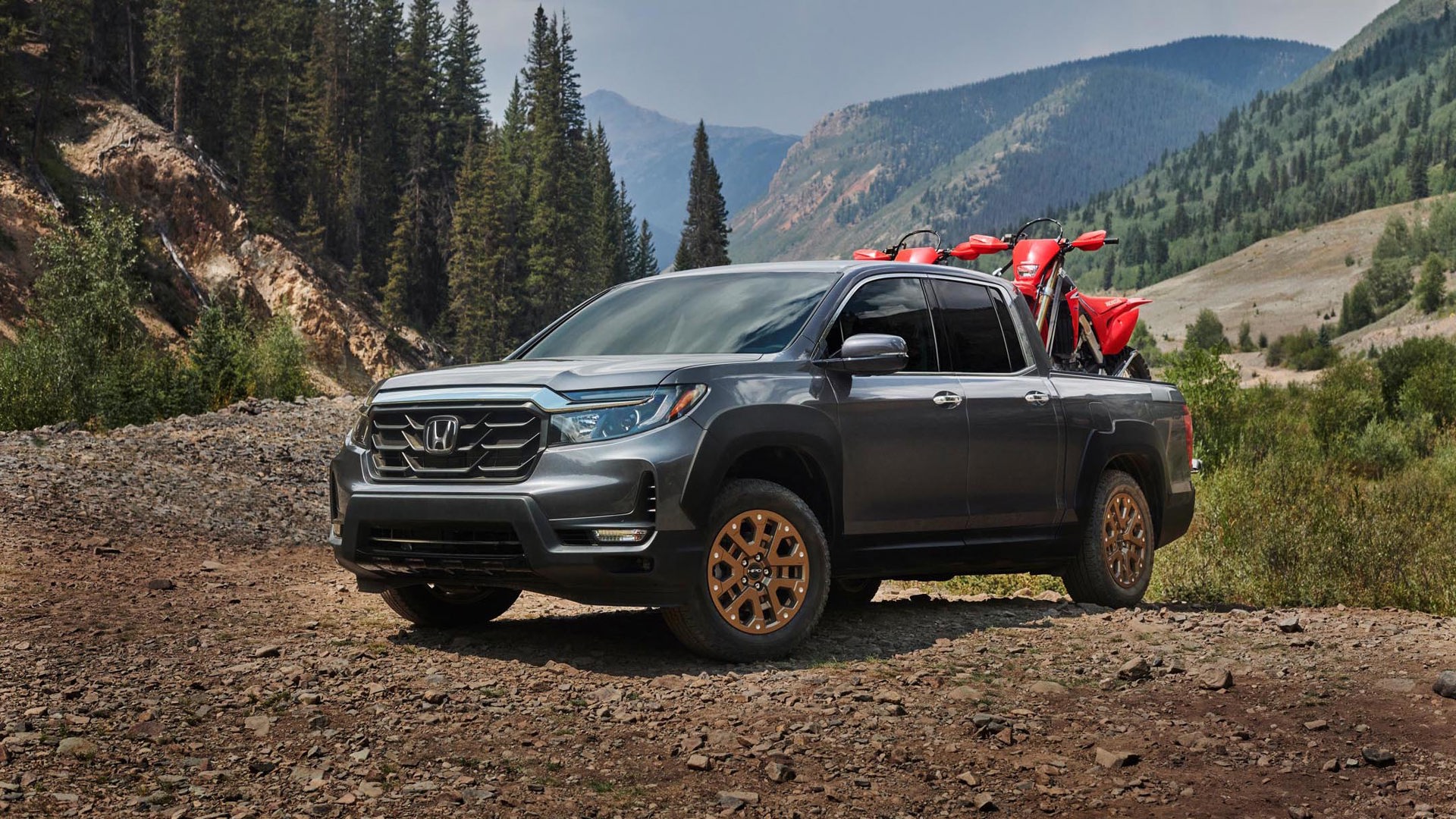
2021 Honda Ridgeline
Hardcore truck fans brush off the Ridgeline as “not a real truck” because it’s based on an SUV, but those who really know something about trucks know this: The right truck is the one that does what you need it to do, and the Ridgeline can get a lot done.
It uses a 3.5L V6 that makes 280 horsepower and 262 lb-ft of torque, and has variable cylinder management, which shuts off cylinders for fuel economy when full power isn’t needed. For 2020, it got a new nine-speed automatic transmission. The 2021 model gets handsome new “truckier” styling, and it will tow up to 5,000 lb. Pricing starts around $42,700, but that entry level has more features than far-less-expensive competitor base models.
It has all-wheel drive with front-wheel bias, rather than four-wheel, but it’s more off-road capable than you might think. Its big deal is its cargo friendliness. The composite bed contains a hidden locking trunk, and the tailgate drops down conventionally or can be opened sideways like a door. Inside, the Ridgeline features a deep centre console, and its rear seats are on folding legs, so larger items can be slipped under them.
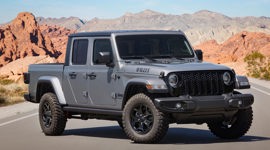
2021 Jeep Gladiator
It looks like a Wrangler with a bed on the back, and it shares its body panels with the brand’s iconic sport-ute, but the Gladiator rides on its own truck-specific frame.
It uses a 3.6L V6, making 285 horsepower and 260 lb-ft of torque, mated to a six-speed manual or eight-speed automatic. New for 2021 is a 3.0L V6 turbodiesel that churns out 260 horses and 442 lb-ft, and strictly with the eight-speed automatic. Of course, every Gladiator is a 4x4, and the trim levels lead up to the ruggedest Rubicon, which includes front and rear locking differentials, and an electronically controlled disconnecting front sway bar.
As with the Wrangler, you can take off the doors and roof. It’s the priciest of all midsize trucks, starting around $48,000, and it’s very easy to go over $60,000 if you start adding options to the upper levels. But if you’re the type who understands “it’s a Jeep thing,” then this off-road warrior is a great truck choice, because it’s not just functional but a lot of fun.
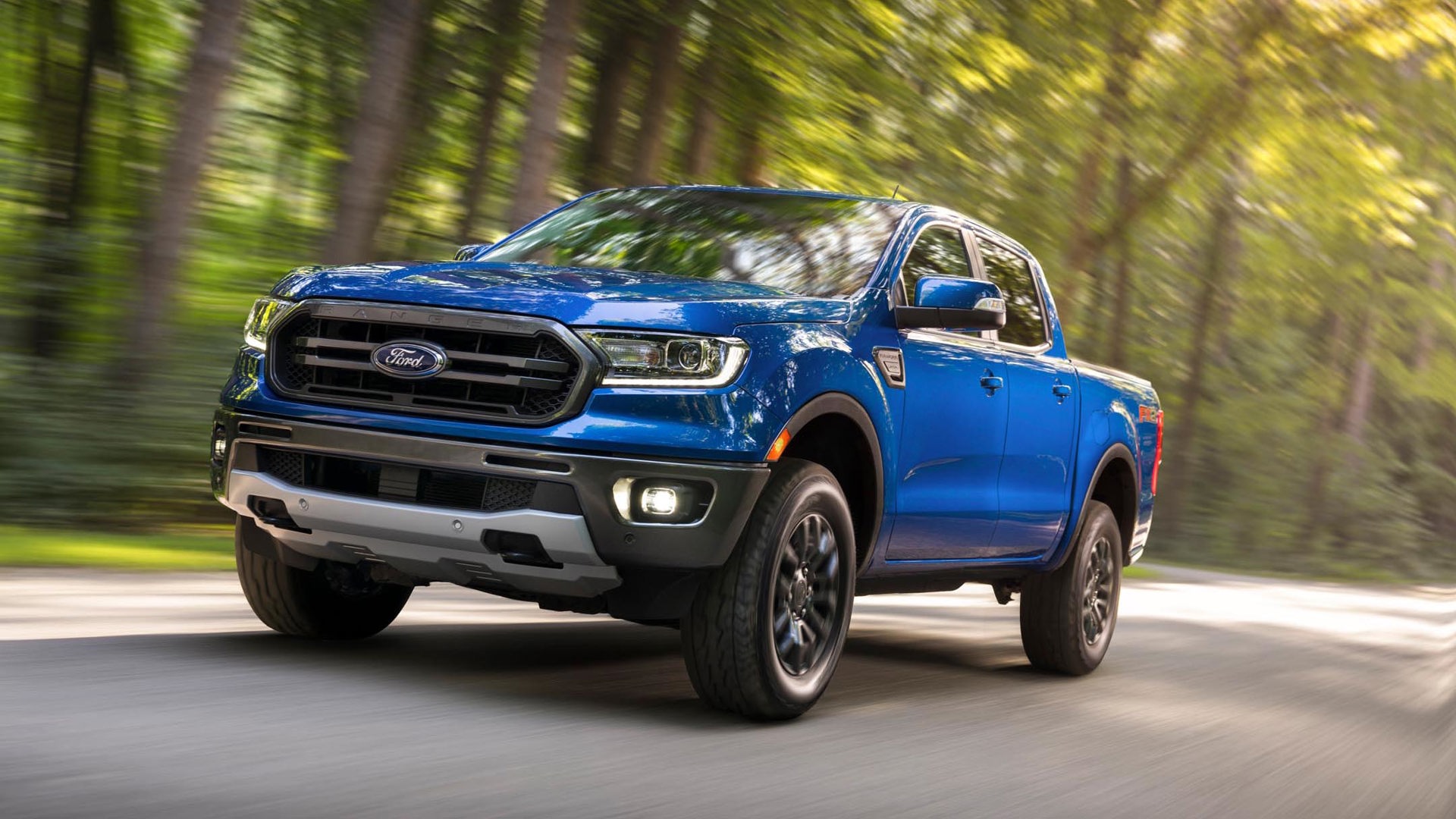
2021 Ford Ranger
It looks like an all-new Ranger will be coming for 2022, but in the meantime, Ford has added the Tremor Package for 2021. This off-road option adds a heavy-duty suspension, Fox shocks, more ground clearance, and 32-inch all-terrain tires. There’s competition from Chevy’s ZR2 Bison, Toyota’s TRD Pro, and the Gladiator, and we welcome anything that ups the off-road fun factor.
The Ranger comes in SuperCab, with six-foot bed, and as the SuperCrew with five-foot bed. As with other trucks, we prefer the SuperCrew, since all four doors open independently and that’s more convenient when you’re loading it up or taking on passengers.
All three trim levels come with a 2.3L four-cylinder engine that’s turbocharged – which Ford calls EcoBoost – making 270 horsepower and 310 lb-ft of torque. It includes auto-stop/start, which shuts off the engine at idle to reduce emissions, and is mated to a 10-speed automatic. All Ranger models are 4x4 in the Canadian market, and tow up to 7,500 lb. We like the Ranger’s handsome cabin, the simplicity of its controls, and its comfortable seats.
